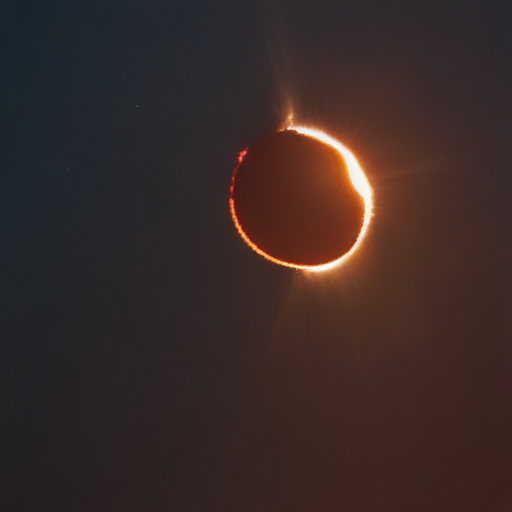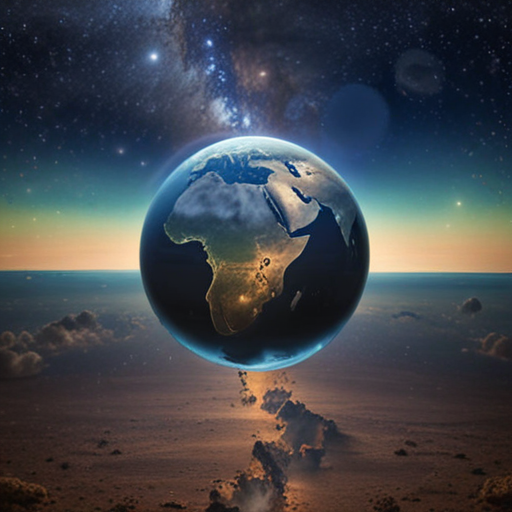Published - Fri, 29 Mar 2024

Unveiling the Secrets of a Solar Eclipse: Exploring the Phenomenon
Have you ever wondered what exactly happens during a solar eclipse? A solar eclipse occurs when the moon passes between the sun and Earth, blocking the sun's light and casting a shadow on Earth. This can create a dramatic and awe-inspiring sight in the sky.
During a solar eclipse, the moon's shadow falls on a small area of the Earth's surface, creating a temporary darkness known as the path of totality. In this area, the sun is completely obscured by the moon, creating a stunning display of the solar corona - the sun's outer atmosphere. This can only be seen during a total solar eclipse and is a truly breathtaking sight.
Outside of the path of totality, a partial solar eclipse may be visible, where the moon only partially covers the sun. This can create a crescent shape in the sky as the moon moves across the sun's disk. It is important to note that looking directly at the sun during a solar eclipse can be harmful to your eyes, so special precautions should be taken if you plan on viewing this natural phenomenon.
Solar eclipses are a rare and mesmerizing event that reminds us of the incredible beauty and precision of our solar system. They have captivated people for centuries and continue to inspire wonder and curiosity in those lucky enough to witness them. So keep an eye on the sky for the next solar eclipse and prepare to be amazed by this cosmic ballet of the sun, moon, and Earth.
Comments (0)
Search
Popular categories
AI
2Spirituality
2BCI
1Latest blogs

10 ways that AI will impact the healthcare industry
Wed, 01 May 2024

Unveiling the Secrets of a Solar Eclipse: Exploring the Phenomenon
Fri, 29 Mar 2024

Earth transition to the 5th dimension
Sun, 03 Mar 2024
Write a public review